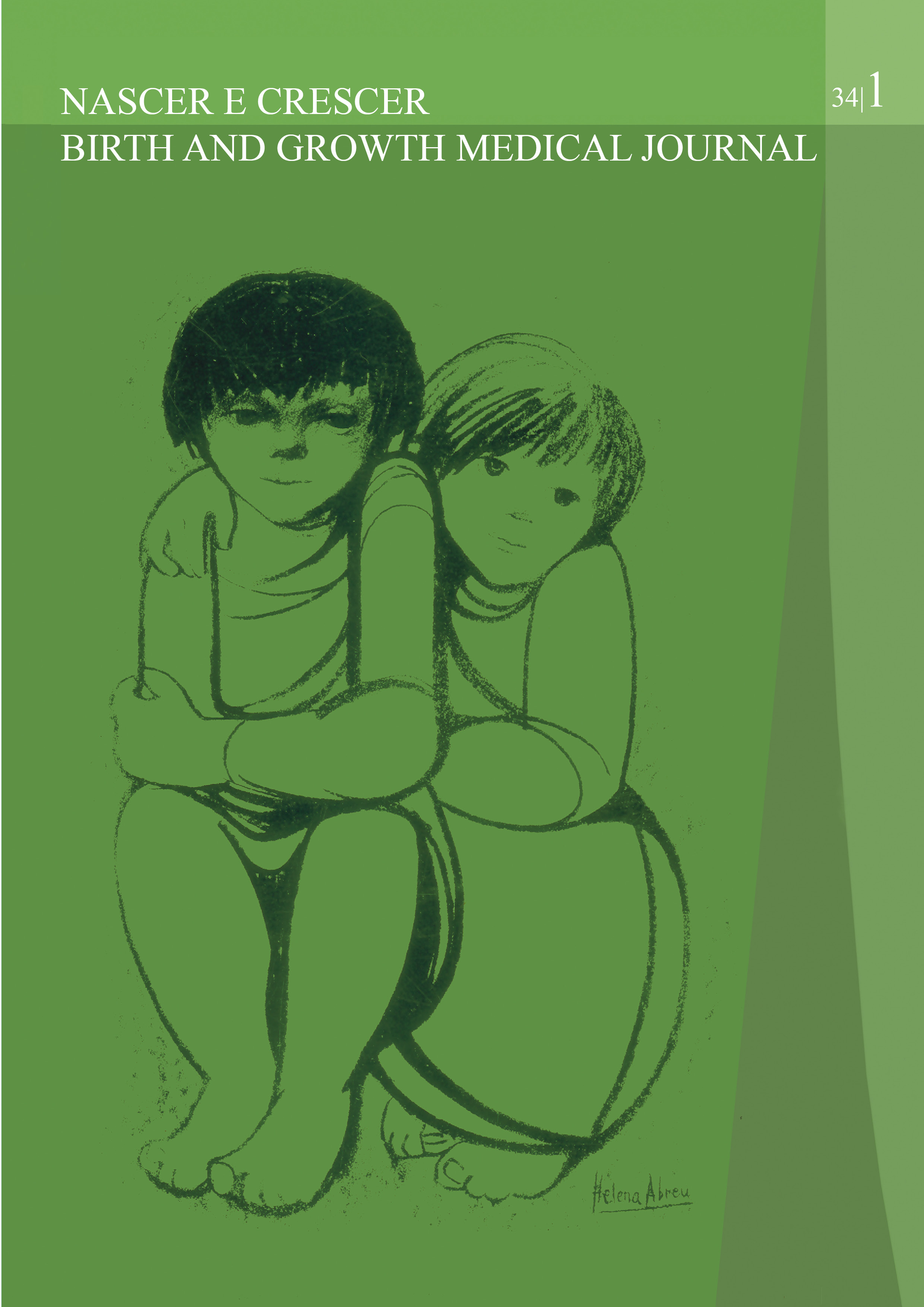Phytophotodermatitis: a challenging diagnosis in children
DOI:
https://doi.org/10.25753/BirthGrowthMJ.v34.i1.34047Keywords:
erythematous rash, furocumarin, hyperpigmentation streaks, photodermatitis, phototoxic reaction, phytophotodermatitisAbstract
Phytophotodermatitis, a form of plant dermatitis, is a common phototoxic reaction resulting from the interaction between photosensitising botanical substances present in several common plant families and ultraviolet radiation. We report a case of phytophotodermatitis in an 8-month-old infant who presented a progressively well-demarcated erythematous rash with blisters and subsequent erosions covering both upper limbs and feet. Additionally, asymmetric hyperpigmented streaks with bizarre configurations, were observerd in photo-exposed areas. The diagnosis of phytophotodermatitis was established based on the history of outdoor activities with sun exposure and physical examination findings. Topical treatment with antibiotic and corticosteroid cream was started. The phytophotodermatitis is a self-limiting condition, which can be challenging to diagnosis in this age group due to heterogeneity of clinical manifestations, which can mimic a range of different diseases, such as non-accidental injury in the context of child abuse, potentially delaying timely diagnosis and treatment.
Downloads
References
Smith LG, Kabhrel C. Phytophotodermatitis. Clin Pract Cases Emerg Med 2017; 1(2):146-147. DOI: https://doi.org/10.5811/cpcem.2017.1.32739.
Coulson I. Phytophotodermatitis. Dermnet. Last Updated Nov 2021. https://dermnetnz.org/topics/phytophotodermatitis.
Harshman J, Quan Y, Hsiang D. Phytophotodermatitis: Rash with many faces. Can Fam Physician. 2017 Dec;63(12):938-940.
Moreau JF, English JC III, Gehris RP. Phytophotodermatites. J. Pediatr Adolec Gynecol 2014: 27(2): 93-94. DOI: https://doi.org/10.1016/j.jpag.2013.11.001.
Machado M, Vidal RL, Cardoso P, Coelho S. Phytophotodermatitis: a diagnosis to consider. BMJ Case Rep 2015. DOI: https://doi.org/10.1136/bcr-2015-213388.
Picard C, Morice C, Moreau A, Dompmartin A, Stefan A, Verneuil L. Phytophotodermatitis in children: A difficult diagnosis Mimicking other Dermatitis. J Dermatolog Clin Res 2017; 5(3): 1101. DOI : https://doi.org/10.47739/2373-9371/1101.
Abugroun A, Gaznabi S, Natarajan A, Dound H. Lime-induced pytophotodermatitis. Oxford Medical Case Reports 2019; 11,470-472. DOI: https://doi.org/10.1093/omcr/omz113.
Synder M, Turrentine JE, Cruz Jr PC. Photocontact Dermatitis and Its Clinical Mimics: an Overview for the Allergist. Clinical Reviews in Allergy & Immunology 2018 Feb. 56(1):32-40. DOI: 10.1007/s12016-018-8696-x.
Hill PF, Pickford M, Parkhouse N. Phytophotodermatitis mimicking child abuse. J R Soc Med 1998. 91:58. DOI: https://doi.org/10.1177/014107689709001008.
Byme B, Mahmood W, Ramsay B, Ahmad K. Outdoor dining causing blisters: think infantile phytophotodermititis. BMJ Case Rep 2021;14:e241631. Doi: https://doi.org/10.1136/bcr-2021-241631.
Papazoglou A, Mantadakis E. Fig Tree Leaves Phytophotodermatitis. The journal of Pediatrics 2021; 239:245-6. DOI: https://doi.org/10.1016/j.jpeds.2021.08.029.
Downloads
Published
How to Cite
Issue
Section
License
Copyright (c) 2025 Ana Isabel Ferreira da Costa

This work is licensed under a Creative Commons Attribution-NonCommercial 4.0 International License.
Copyright and Authors' Rights
All articles published in Nascer e Crescer - Birth and Growth Medical Journal are Open Access and comply with the requirements of funding agencies or academic institutions. For use by third parties, Nascer e Crescer - Birth and Growth Medical Journal adheres to the terms of the Creative Commons License "Attribution - Non-Commercial Use (CC-BY-NC)".
It is the author's responsibility to obtain permission to reproduce figures, tables, etc. from other publications.
Authors must submit a Conflict of Interest statement and an Authorship Form with the submission of the article. An e-mail will be sent to the corresponding author confirming receipt of the manuscript.
Authors are permitted to make their articles available in repositories at their home institutions, provided that they always indicate where the articles were published and adhere to the terms of the Creative Commons license.


